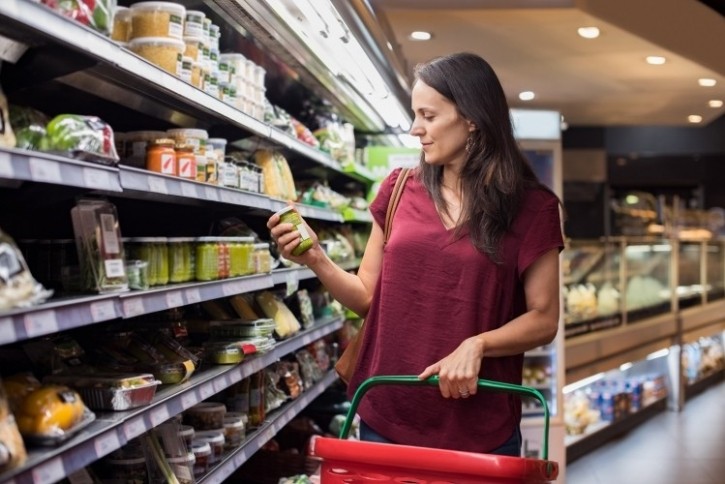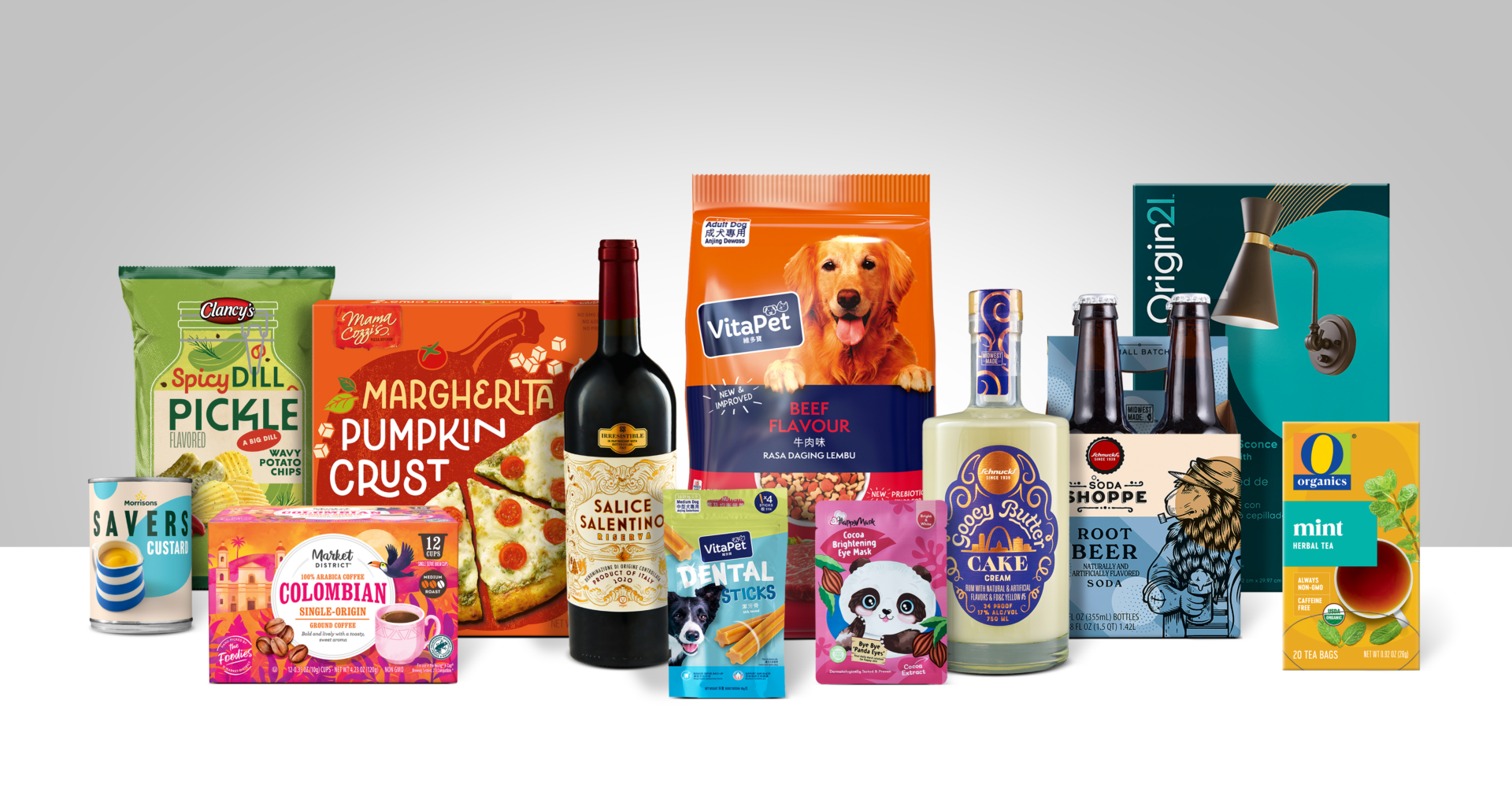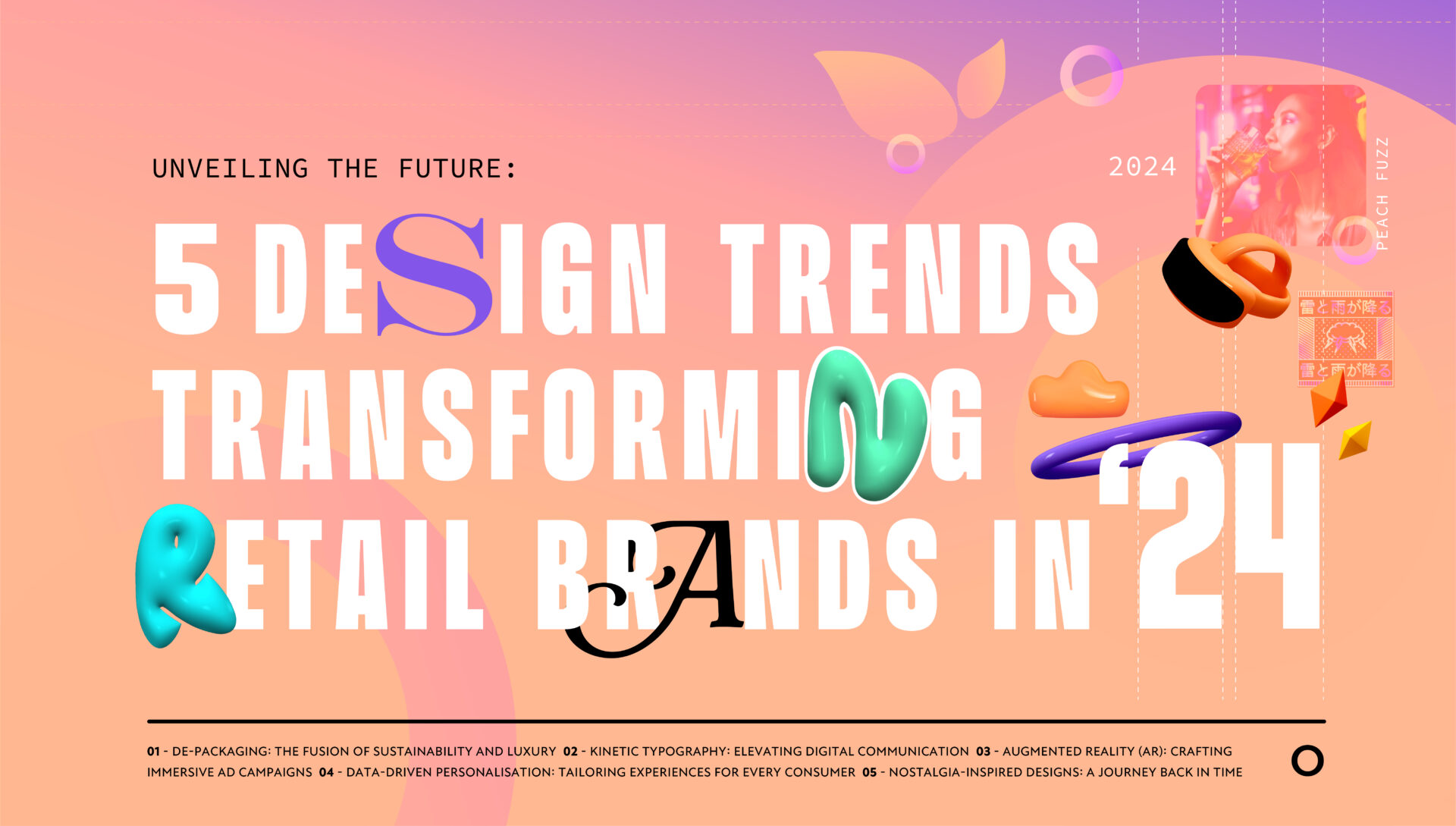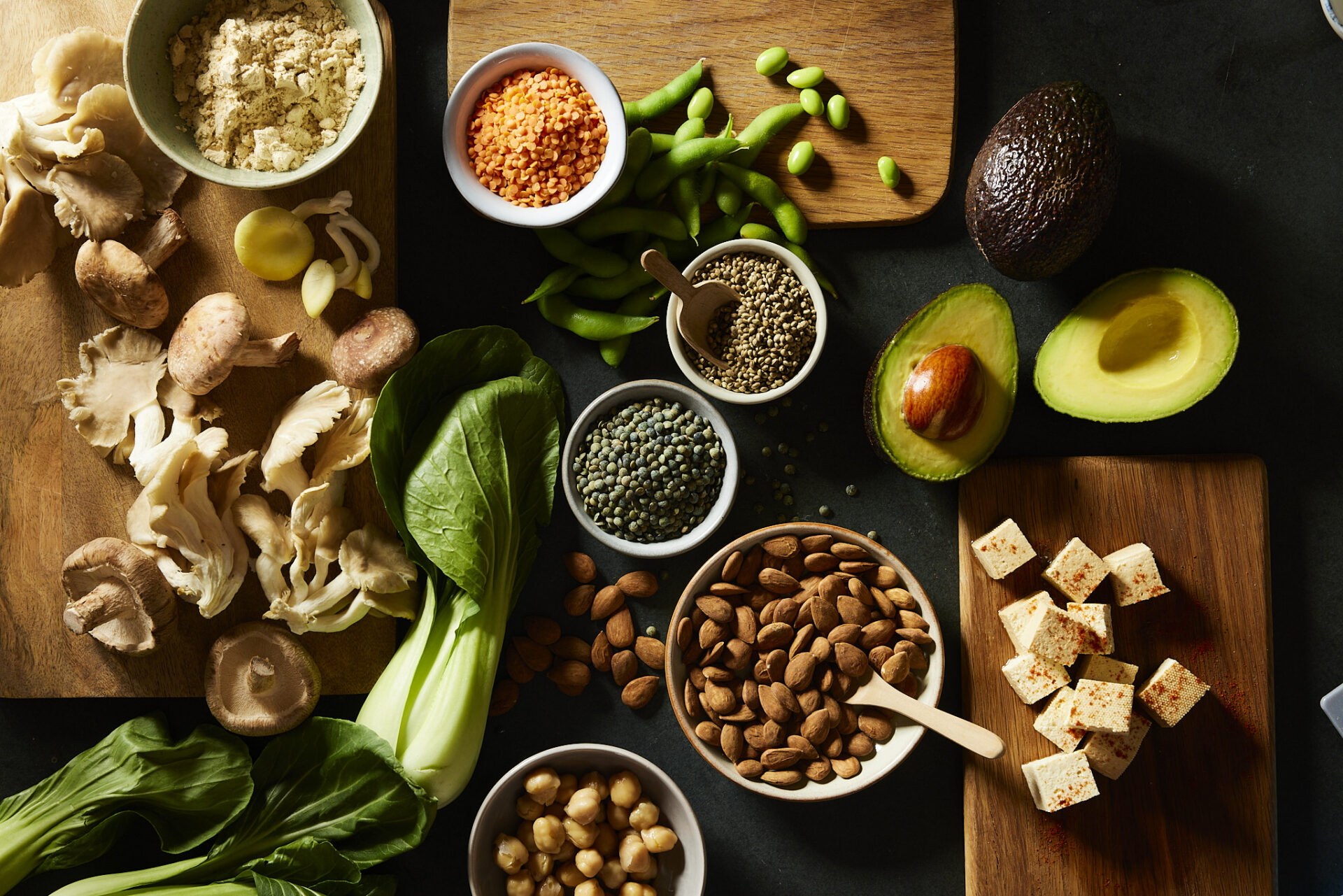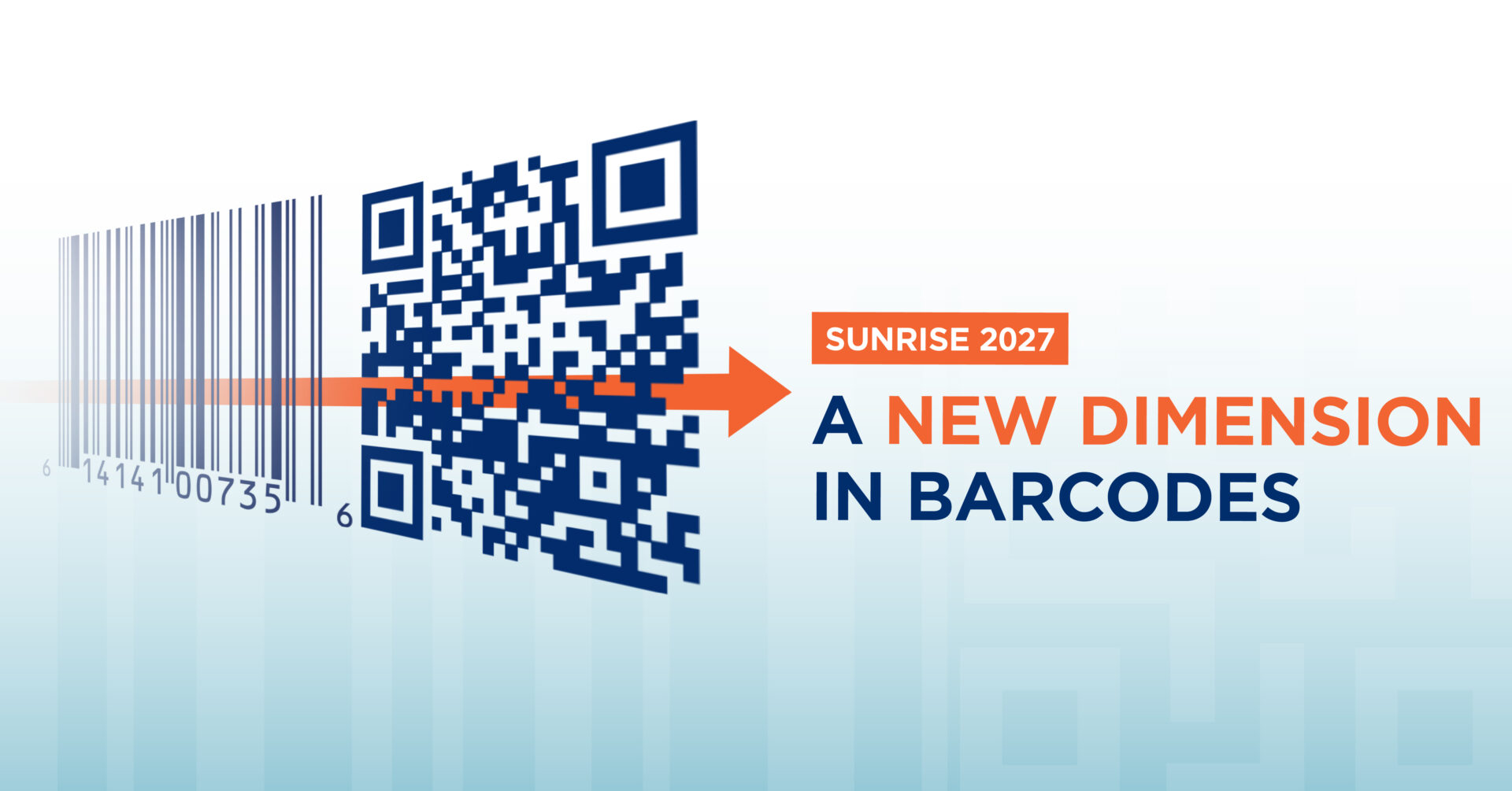WHAT MAKES YOUR DIGITAL SHELF WORTH SHOPPING?
Michael Duffy, Global Creative Director shares his views
No matter what business we are in, we are all keen to demonstrate our adaptability; to show that we have grown from the lessons we have learnt in the astonishing nine months that have passed since the pandemic began upending our personal and professional lives.
As individuals and businesses, we are still in the thick of it, dealing with ongoing economic fluctuations and emotions… and the world of private brands is no different. For better or worse, we are accelerating into a “next normal”, which will see ecommerce and in-app purchases expand with an ever greater market size, as brand after brand is faced with investing in their online offering, with mutual overarching aims to extend and enhance consumer experiences.
Savvy brands are leveraging the sophisticated interfaces and algorithms that help to deliver a highly satisfying consumer experience; one aligned with the values of today’s socially and environmentally aware customers. In return, they build brand equity and customer loyalty, while gaining shopper intelligence by measuring clicks and dwell times.
Slow adopters of digital technology, on the other hand, tend to view the online experience as nothing more than a series of clicks. Unfortunately, private brands of this ilk are now finding themselves on the back foot when it comes to ecommerce.
The digital shelf of some private brands has been left dusty and dishevelled, but the good news is that it’s not too late to pivot towards ecommerce technology. What’s critical is to make this pivot as smooth and successful as it can be, and here are a few of the areas to consider as brands do so…
Ease navigation and make suggestions
As online shoppers click through from the search engine results page to the product page, and click ‘Add to Basket’, it may seem to be a short journey, but a lot can happen between these simple moves.
Since every retailer’s site is in competition with the distraction of the internet, not to mention the websites of other retailers, it’s important to give the online shopper ample reasons and means to engage with the product and brand. What makes your customer journey different?
Rather than leaving the onus on the customer to search, navigate, create lists and research recipes, it’s important to ease their journey wherever possible.
Break down and analyze the way consumers navigate the site and, based on directions consumers are taking, along with the questions they are asking via search fields, build in the pathways and supporting content they are craving. Creating shortcuts such as these works even better in segmented offerings, such as in a special dietary needs range like gluten-free or vegan, for example, which can help online shoppers to create healthier and more interesting weekly menus, or to shop for batch cooking ingredients.
Another enormous – but largely unsung – benefit of online is that it allows retailers the opportunity to organise the journey around the private brand, and promote it first, above the national brands.
Telling its own brand story in its own distinct way allows the retailer to enhance the experience opportunity, as it blocks out the noise from other brands, occupies own its stage and ultimately forges a more memorable journey.
Brands can also build a more satisfying journey by finessing the search facility, product suggestions, supporting content and app-based features, such as push notifications – polishing points across the marketing spectrum really.
Present clear value
Private brands have an opportunity to guide and suggest products, inform customers of their options and highlight what other consumers are choosing, all of which helps to ease the decision-making process in a way that delivers value in and of itself. Consumers are keenly aware of the time they spend in the ordering and payment process, and convenience is still a key driver.
For this reason, having information that is easily accessed – including product origin, ingredients, nutritional information, testing and legally supported health benefits – gives them confidence that the products they are selecting will perform well and contribute to the health of their family or the planet – or even help their communities if the goods are locally produced.
Create a connection
The online shopping “event” constitutes an interaction, which, from start to finish, is an opportunity to amplify the private brand story and relay the brand’s attributes. Whether you are using compelling call-outs, video, lifestyle images, testimonials, endorsements or other means, you can communicate with consumers – or frame the content provided by end-users – in the private brand’s own distinctive voice.
Today’s private brands should aspire to give back to their customers in both money and time, all while
creating enriching experiences that appeal to their emotions.
Imagine for a moment what it would look like to have the same mix of value-adding content in store: it would look something like a food shelf mixed with racks of food magazines. On the physical shelf, POS and signage is our nearest equivalent. But with a rich menu of content, online can be a powerful driver that ensures the values of your brand are conveyed.
Private brands, meanwhile, must not stumble into a trap where the online and physical packaging do not match, because mixed messages undermine the sense of trust the consumer places in the brand, and this influences feelings around quality and value for money.
For private brands that may be relying on low-resolution thumbnail pics, for example, one immediate consideration should be optimization of the product’s appearance for viewing on screens. Crisp product renders help to give the brand a consistent look and feel, which supports engagement and perceptions of value.
The creation of simple, optimized renders involves removing bar codes and small-print call-outs, while magnifying critical buying information, including the brand, the flavor/variant and the multipack numbers, making the product much more shoppable in desktop and mobile environments. Renders such as these form a key component in an online journey characterized by easy navigation, compelling value-adding content, quality visuals and smooth checkout – all of which should be underpinned by strong messaging and clear voice. Careful construction of this journey is crucial to any pivot to ecommerce.
At Equator, we understand the challenges and opportunities facing brands. We believe it is possible to turn the strong positions that food and drink retailers now hold and apply the lessons we have gleaned from the last half-year, to lay the digital groundwork needed to deliver strong performance as recovery unfolds. Brands’ adaptability, and power to pivot, will be a deciding factor in determining long-term resilience in both the near and distant future.
A survey of 60,000 US shoppers released last month by Mercatus/Incisiv suggests that e-commerce will account for 21.5% of total grocery sales, worth $250 billion, within five years. We believe now is the time to maximise your sales tools, to ensure you are positioned to stake your claim in the future of e-commerce.
For further insights or to discuss refining your approach to digitization of your packaging, get in touch.



